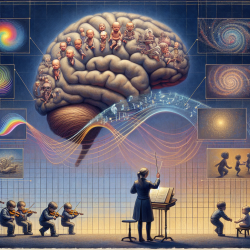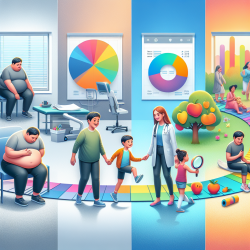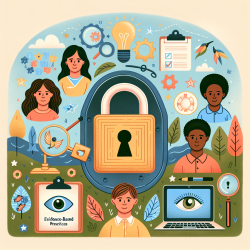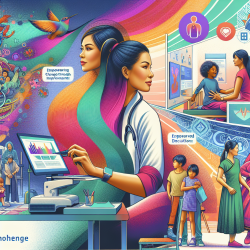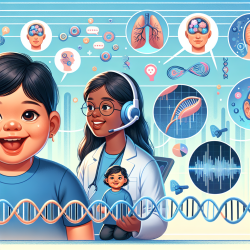Introduction
In the realm of speech-language pathology, understanding how the brain processes and recognizes temporal sequences can significantly enhance therapeutic outcomes, particularly for children. A recent study titled "Brain recognition of previously learned versus novel temporal sequences: a differential simultaneous processing" provides groundbreaking insights into how our brains distinguish between familiar and novel sequences. These findings hold profound implications for practitioners aiming to refine their therapeutic strategies and for those who wish to delve deeper into this fascinating area of research.
Key Findings of the Study
The study employed magnetoencephalography (MEG) to explore how the brain processes temporal sequences. It revealed that the recognition of previously learned sequences is associated with stronger activity in slower brain processing (0.1–1 Hz), while novel sequences engage faster processing (2–8 Hz). This dual processing involves a network of brain regions, including the cingulate gyrus, hippocampus, and auditory cortex, highlighting the brain's ability to simultaneously process individual sequence items and the sequence as a whole.
Implications for Speech-Language Pathology
For practitioners at TinyEYE and beyond, these findings underscore the importance of integrating both familiar and novel sequences in therapeutic interventions. Here’s how you can leverage this research:
- Enhance Memory Retention: Incorporate previously learned sequences in therapy sessions to strengthen memory recognition and reinforce learning pathways in the brain.
- Introduce Novelty: Challenge the brain's faster processing capabilities by introducing new sequences, thereby enhancing cognitive flexibility and auditory processing skills.
- Utilize Music: Given the study's focus on musical sequences, consider integrating music-based activities to engage multiple brain regions and facilitate language development.
Encouraging Further Research
This study opens the door to numerous research opportunities. Practitioners are encouraged to explore how these findings can be applied to different age groups and clinical conditions. Investigating the impact of temporal sequence recognition on language acquisition and cognitive development in children could yield valuable insights. Additionally, exploring non-musical sequences, such as linguistic patterns, could further enhance our understanding of brain dynamics in language processing.
Conclusion
By integrating the insights from this study into practice, speech-language pathologists can create more effective, data-driven interventions that cater to the unique processing capabilities of each child’s brain. This approach not only enhances therapeutic outcomes but also fosters a deeper understanding of the intricate workings of the human brain.
To read the original research paper, please follow this link: Brain recognition of previously learned versus novel temporal sequences: a differential simultaneous processing.
